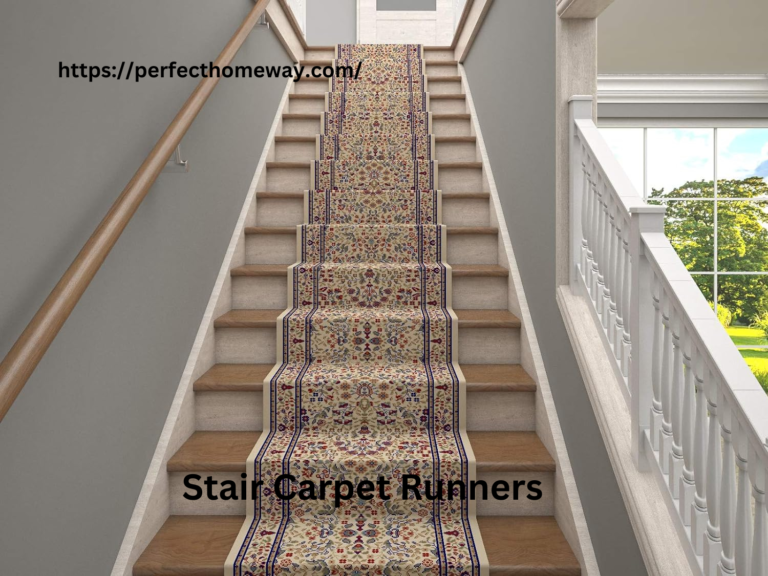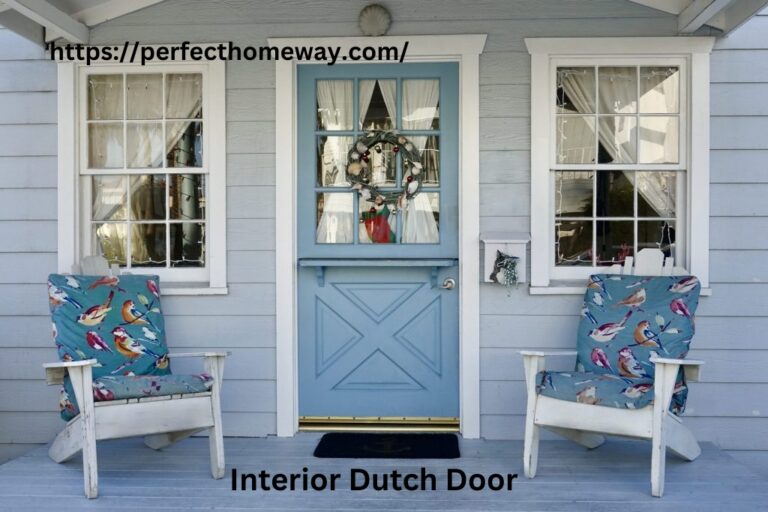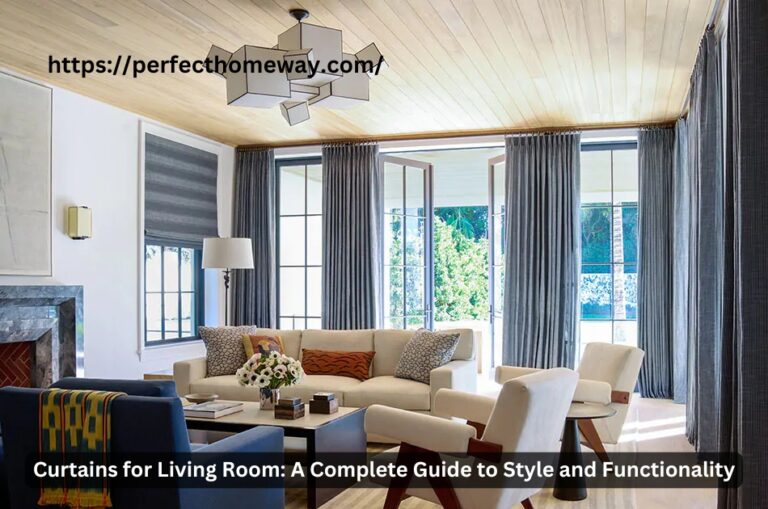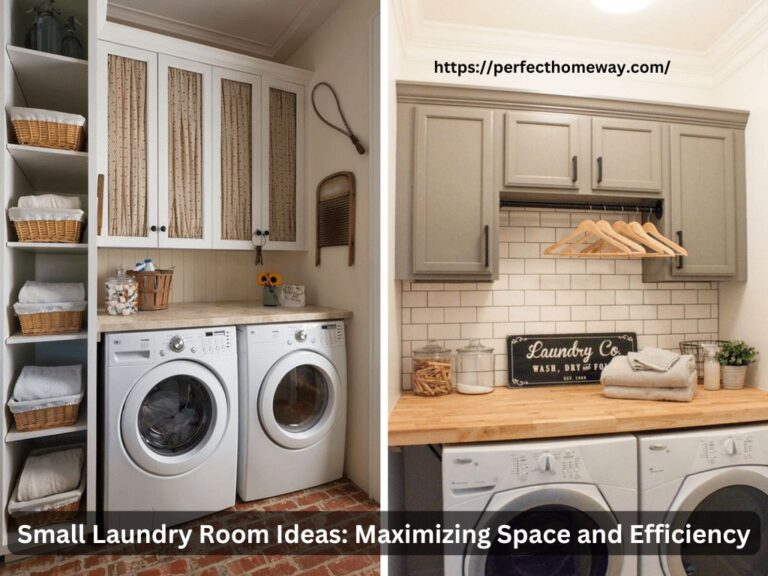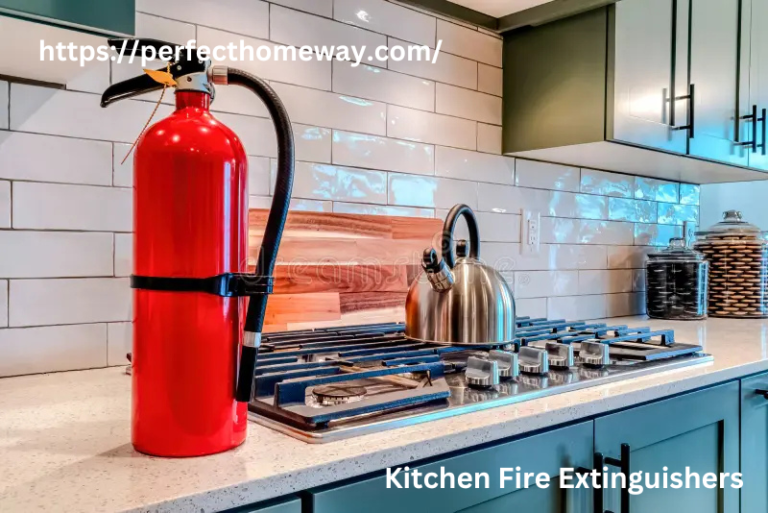The Timeless Appeal of Shiplap Walls in Interior Design

Shiplap walls have become a staple in modern interior design, blending rustic charm with contemporary aesthetics. Whether you’re transforming a cozy cottage or adding texture to a modern urban loft, shiplap offers a versatile and affordable way to elevate your space. In this article, we’ll explore the history, installation, styles, and benefits of shiplap walls—and why they remain a top choice for homeowners and designers alike.
What Are Shiplap Walls?
Shiplap refers to wooden boards that are often used as interior or exterior siding. Each board is cut with a notch or groove—called a rabbet—on opposite edges, allowing the boards to overlap neatly and create a tight, uniform fit. Traditionally used for barns and sheds, shiplap has found new life as a popular feature in interior spaces, especially walls and ceilings.
Shiplap walls typically run horizontally, but vertical and diagonal applications are becoming more popular in modern designs. The visible lines between boards give the wall a clean, linear appearance, offering depth and a sense of dimension that plain drywall lacks.
The History Behind Shiplap Walls
Shiplap’s origins are rooted in utility rather than aesthetics. Originally used in the construction of ships (hence the name), the overlapping joint structure was designed to create a watertight seal. Builders later adopted the design for barns and homes because of its durability and ease of installation.
In recent years, the rise of farmhouse-style décor, popularized by home renovation shows and influencers, has propelled shiplap walls into the spotlight. What was once a practical material has now become a design choice that evokes a sense of warmth, nostalgia, and handcrafted quality.
Benefits of Installing Shiplap Walls
There are several reasons homeowners choose shiplap walls:
1. Visual Texture and Dimension
Shiplap instantly adds visual interest to an otherwise plain surface. Whether painted white for a clean farmhouse look or stained wood for a rustic vibe, the linear grooves create rhythm and depth.
2. Versatility
From kitchens and bathrooms to bedrooms and entryways, shiplap can be used almost anywhere. It complements various interior styles—farmhouse, coastal, Scandinavian, even industrial—making it a universally appealing option.
3. Ease of Installation
Installing shiplap walls is often considered a DIY-friendly project. Pre-primed boards and peel-and-stick versions are available, simplifying the process even further for beginners.
4. Durability
Compared to drywall, shiplap boards are more resilient to dents and cracks. They also provide a bit of insulation and can help dampen sound.
5. Budget-Friendly
Depending on the material you choose—MDF, pine, or reclaimed wood—shiplap can be a relatively inexpensive way to upgrade a space.
Different Styles of Shiplap Walls
1. Traditional White Horizontal Shiplap
This is the classic look: wide, white-painted planks arranged horizontally. Ideal for a bright and airy feel, this style is particularly popular in coastal and farmhouse interiors.
2. Vertical Shiplap
Arranging the boards vertically draws the eye upward, making rooms appear taller. This variation is excellent for bathrooms and small spaces where height can be emphasized.
3. Stained or Natural Wood Shiplap
Leaving the wood in its natural state or staining it darker brings out its grain and adds a more rustic, warm tone. Perfect for cabin-style or traditional homes.
4. Painted Bold Colors
Painting shiplap walls in colors like navy blue, charcoal, or forest green creates a bold and sophisticated statement wall while preserving the texture and depth of the material.
5. Diagonal or Herringbone Shiplap
For a creative and modern twist, installing shiplap in unique patterns like diagonal or herringbone adds visual flair and contemporary appeal.
Where to Use Shiplap Walls
Living Rooms
Use shiplap to frame a fireplace, create an accent wall, or even cover the ceiling for a cohesive, cozy look.
Bedrooms
Behind the headboard, shiplap walls can add a calming, textured backdrop that enhances the overall comfort of your bedroom.
Bathrooms
Shiplap works well in powder rooms and full baths alike. Just make sure to use water-resistant materials or seal the boards to prevent moisture damage.
Kitchens
Add shiplap to the kitchen island base, backsplash, or breakfast nook. It’s a subtle way to add charm without overwhelming the space.
Hallways and Entryways
Transform narrow or transitional spaces with vertical or horizontal shiplap, making them feel more inviting and styled.
How to Install Shiplap Walls
Installing shiplap is straightforward, even for beginners. Here’s a general step-by-step guide:
- Measure Your Space
Determine the square footage of the wall to calculate how much material you need. - Choose the Right Material
Depending on your budget and aesthetic preference, select pine, MDF, or reclaimed wood. - Mark the Studs
Use a stud finder and mark where the wall studs are—this is where you’ll attach the boards for stability. - Cut and Arrange Boards
Cut the boards to the right length and dry-fit them before securing to the wall. - Attach Boards to the Wall
Start at the bottom and work your way up, using nails or construction adhesive. Use spacers to maintain even gaps. - Finish and Paint
Fill nail holes, sand edges, and paint or stain your boards to complete the look.
Maintenance and Cleaning of Shiplap Walls
One of the advantages of shiplap is that it’s relatively easy to maintain. Painted boards can be wiped down with a damp cloth, while natural wood may require occasional dusting and oiling.
In high-moisture areas like bathrooms, it’s essential to use moisture-resistant materials and sealants to prevent warping or mold growth. If gaps between boards collect dust, use a vacuum brush attachment or a soft duster to clean them.
Common Myths About Shiplap Walls
Myth 1: Shiplap Only Works in Farmhouse Décor
While shiplap is indeed a hallmark of farmhouse style, it can also complement coastal, industrial, Scandinavian, and even modern minimalist interiors.
Myth 2: Shiplap is Expensive
There are many budget-friendly options for shiplap, including peel-and-stick vinyl versions or MDF boards that mimic the look of real wood.
Myth 3: It’s Difficult to Install
On the contrary, shiplap walls are among the easiest DIY wall treatments. With the right tools and planning, even a beginner can complete an installation over a weekend.
Eco-Friendly Alternatives for Shiplap Walls
Concerned about sustainability? Reclaimed wood shiplap is an eco-conscious option that reuses lumber from old barns and buildings. Not only is it environmentally friendly, but it also adds unique character and history to your walls.
Some manufacturers also offer FSC-certified (Forest Stewardship Council) boards, ensuring that the wood comes from responsibly managed forests.
The Future of Shiplap Walls in Design
As interior trends evolve, so does the application of shiplap. Designers are experimenting with mixed materials—combining shiplap with tile, concrete, or wallpaper. The key to maintaining shiplap’s timeless appeal lies in its adaptability. Whether you opt for a sleek, dark-stained version in a modern home or a whitewashed finish in a cottage, the versatility of shiplap ensures it will remain relevant for years to come.
Conclusion: Why Shiplap Walls Are Here to Stay
Shiplap walls offer a unique combination of history, functionality, and style. Their clean lines, adaptability, and budget-friendly nature make them an ideal choice for nearly any room in the home. With endless options for customization, from color and pattern to orientation and finish, shiplap continues to inspire designers and homeowners alike.
If you’re looking to add warmth, character, and architectural interest to your space, shiplap walls are an investment that brings both charm and value. Whether you embrace the classic farmhouse look or opt for something bold and modern, shiplap can help you craft a space that feels distinctly yours.

